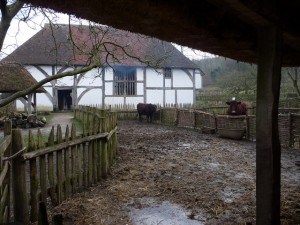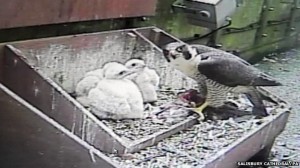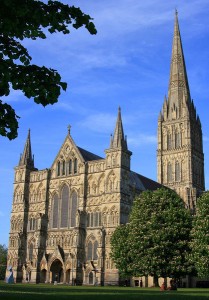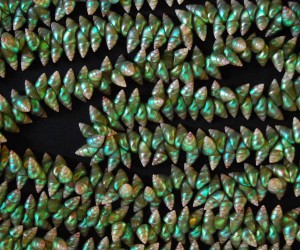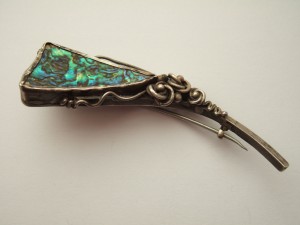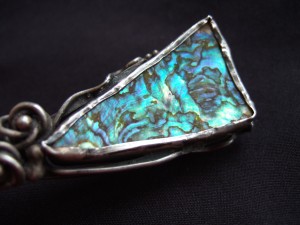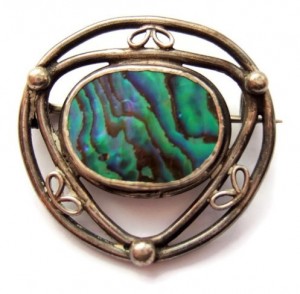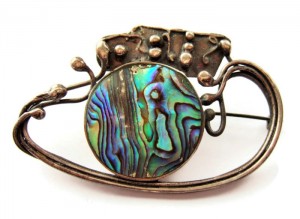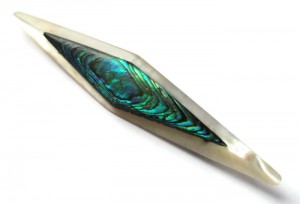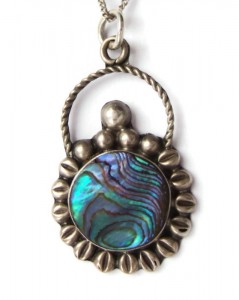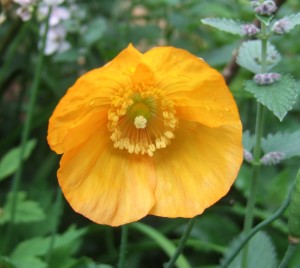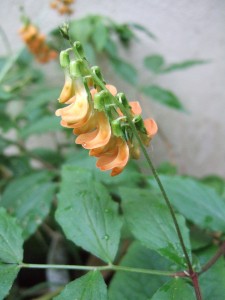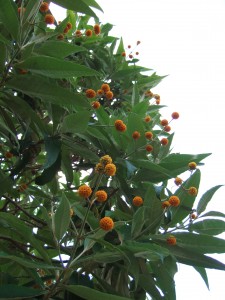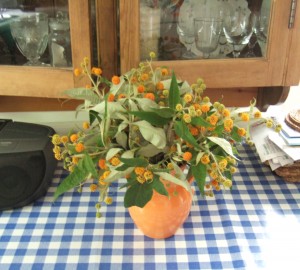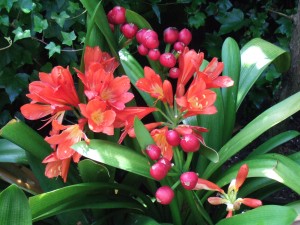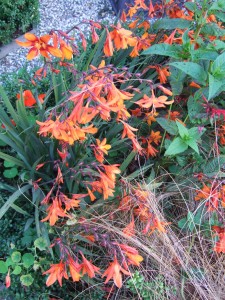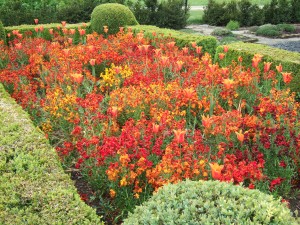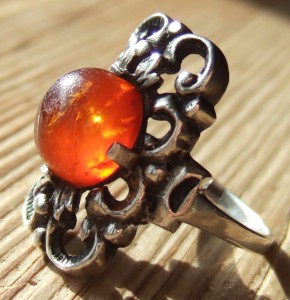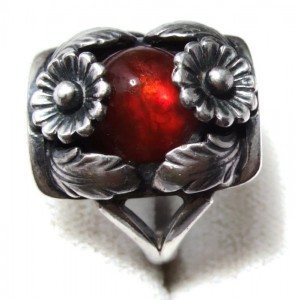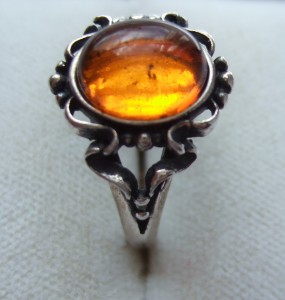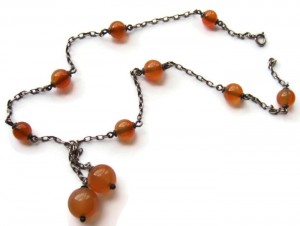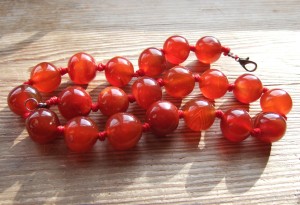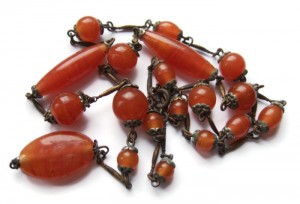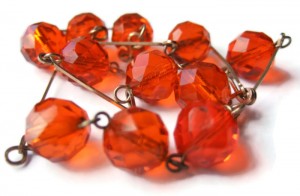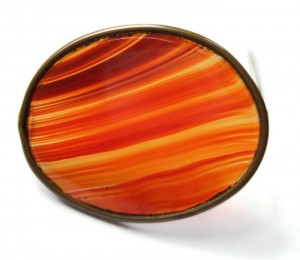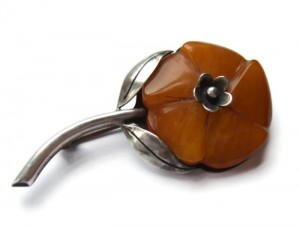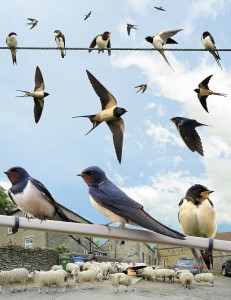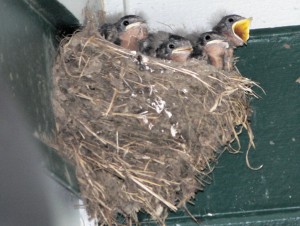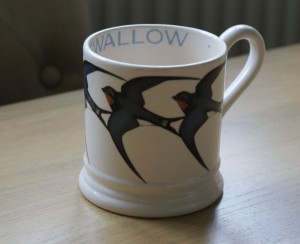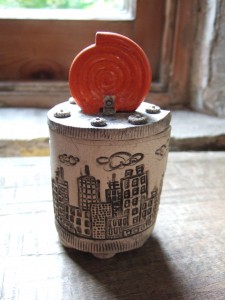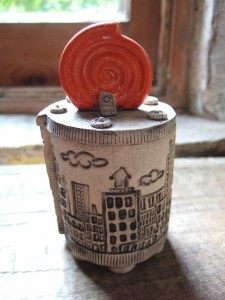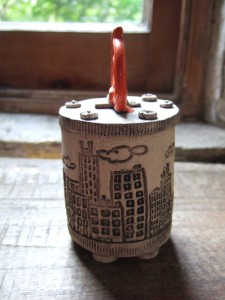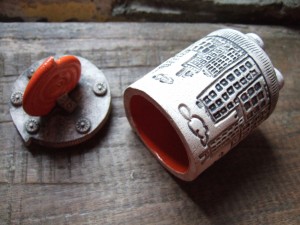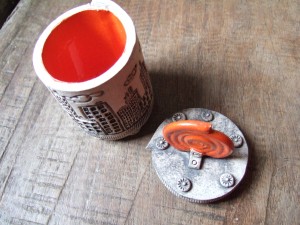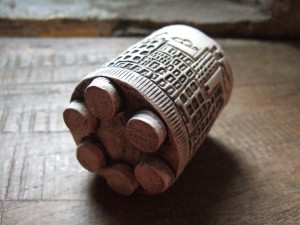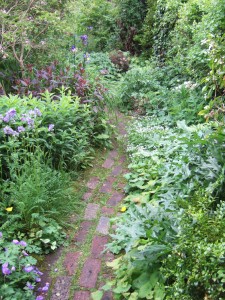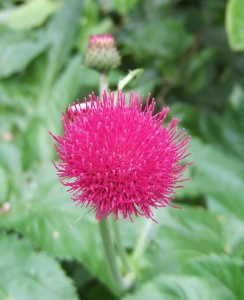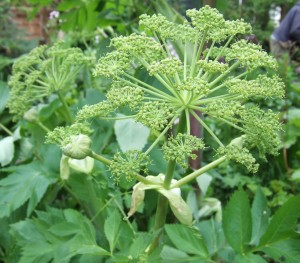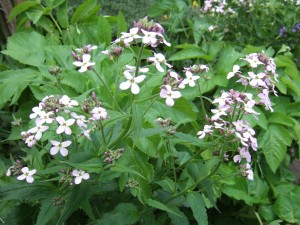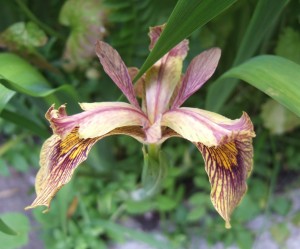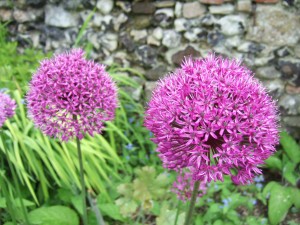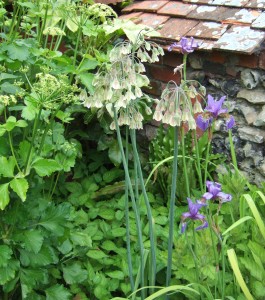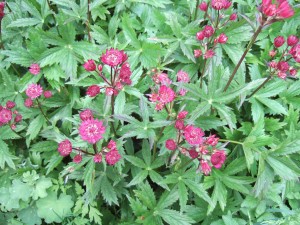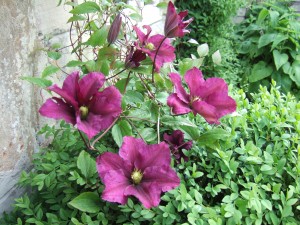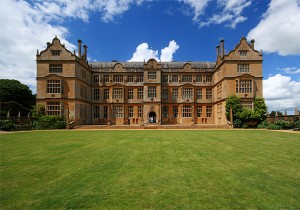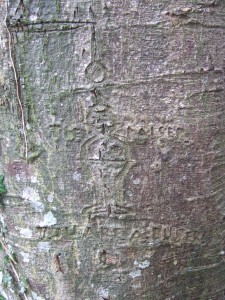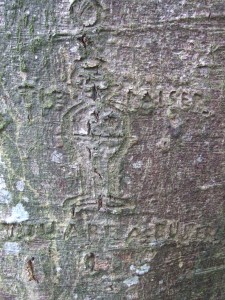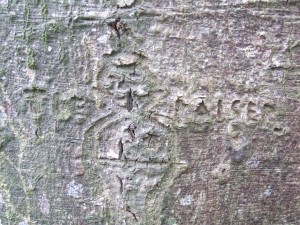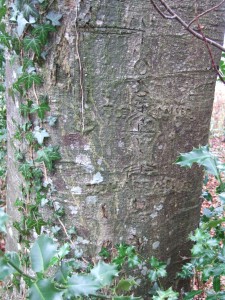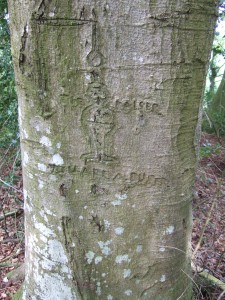For Sunday lunch yesterday we had a roast chicken (most unusual for us to have a Sunday roast—that happens about twice a year), and in the evening I stripped the carcass and made a stock with the bones and skin and the onion that I had stuffed into the bird’s cavity.
Today I was looking in the fridge, thinking about what kind of leftovers supper I could make, and suddenly I had a brainwave—pottage! A few years ago Chap and I visited the Weald and Downland Open Air Museum, and in the Tudor kitchen there we watched a lady cooking pottage on an open fire, using just leeks, carrots, pearl barley and stock. She gave us some to try, and it was scrummy—a pleasant surprise as it looked none too appetising. This morning I realised we had the makings of the pottage we had tried: some nice leeks and some rather sad-looking carrots in the vegetable drawer, a packet of pearl barley, the chicken stock and a small jugful of leftover gravy from yesterday’s chicken. Hurrah!
I had a quick google around for pointers, and came across this video recipe—filmed in the very same kitchen at the Museum.
The video recipe has onions, leeks, parsnips, spinach, oats and herbs, and no carrots or pearl barley, but I gather that a pottage was a thick vegetabley stew using up whatever grain or pulse was to hand and whatever fresh produce was in season: no refrigerators or imported fresh foodstuffs in those days. Anything goes seemed to be the rule of the day.
So I winged it. Here’s how I made it:
Slice two leeks and four carrots, and sweat in a dollop of butter in a big saucepan over a medium heat. Season with salt and freshly-ground black pepper to taste, then add 100g (3.5 oz) of pearl barley. Stir around, then add the stock (I had about a litre of stock, I think, and I also added about 0.25 litre of leftover gravy (made with the chicken juices from the roasting pan, a tiny bit of cornflour, and water).
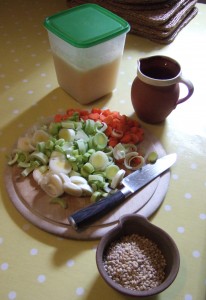
Pottage ingredients (from top to bottom): fresh homemade chicken stock, leftover homemade gravy, carrots, leeks, pearl barley.
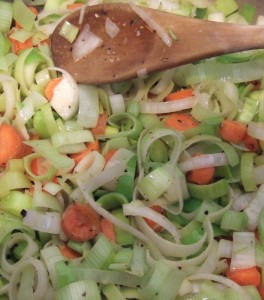
Sweating the leeks and carrots in butter, with salt and freshly-ground black pepper.
Bring to the boil, cover and simmer for about an hour to an hour and a quarter (75 minutes), until the pearl barley is soft and has absorbed a lot of the liquid. Serve with crusty bread.
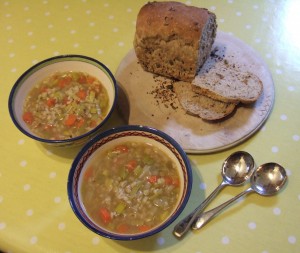
Supper, medieval stylee.
This recipe could easily be made into a vegetarian one by substituting vegetable stock for the chicken stock (and missing out the chicken gravy). As all the ingredients are pretty bland, flavour-wise, it stands or falls according to the quality (tastiness) of your stock.
